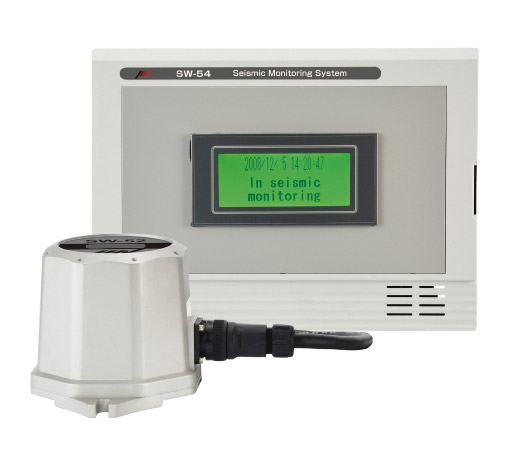
Image Source: Google
Earthquakes are a natural phenomenon that can have devastating effects on the environment and communities. To better understand and prepare for these seismic events, scientists have developed sophisticated monitoring systems. While the Richter Scale is a well-known tool for measuring earthquake magnitude, there is much more technology involved in monitoring and analyzing seismic activity. In this article, we will delve into the advanced technology behind a seismic monitoring system.
The Basics of Seismic Monitoring
Seismometers
- Seismometers are the primary tools used in seismic monitoring. If you are looking for the best seismic monitoring system then you may check this website.
- These devices detect and record ground motion caused by seismic waves.
- Modern seismometers use sensors to accurately measure even the smallest vibrations.
Seismic Stations
- Seismometers are often part of a network of seismic stations.
- These stations are strategically placed around the globe to provide comprehensive coverage.
- Data from multiple stations is used to triangulate the location and magnitude of an earthquake.
Advanced Technology in Seismic Monitoring
GPS Technology
- Global Positioning System (GPS) technology is used to measure ground movements.
- GPS stations can detect even subtle shifts in the Earth's crust.
- By analyzing GPS data alongside seismic data, scientists can better understand fault movements.
InSAR Technology
- Interferometric Synthetic Aperture Radar (InSAR) is another technology used in seismic monitoring.
- InSAR satellites measure ground deformation by comparing radar images taken from space.
- This technology can detect millimeter-scale movements over large areas.
Data Analysis and Interpretation
Seismic Wave Analysis
- Seismic waves travel at different speeds through different materials.
- By analyzing the arrival times of seismic waves at multiple stations, scientists can determine the structure of the Earth's interior.
- This information helps in understanding the potential impact of earthquakes in specific regions.
Machine Learning Algorithms
- Machine learning algorithms are used to analyze vast amounts of seismic data.
- These algorithms can detect patterns and anomalies that may precede an earthquake.
- By training algorithms on historical earthquake data, scientists can improve their ability to predict future seismic events.
Real-Time Monitoring and Early Warning Systems
Early Warning Systems
- Real-time seismic monitoring allows for the development of early warning systems.
- These systems can provide seconds to minutes of warning before the shaking from an earthquake reaches a specific location.
- Early warning systems can help minimize damage and save lives by allowing people to take protective actions.
Crowdsourced Data
- Crowdsourcing data from smartphones and other devices is becoming increasingly popular in seismic monitoring.
- By collecting data from a large number of sources, scientists can gather real-time information on ground shaking.
- This crowdsourced data can supplement traditional monitoring systems and provide valuable insights during seismic events.
Conclusion
Seismic monitoring systems have come a long way from the early days of the Richter Scale. Advanced technology such as GPS, InSAR, and machine learning algorithms has revolutionized how we monitor and analyze seismic activity. Real-time monitoring and early warning systems provide vital information that can help save lives and mitigate the impact of earthquakes. By understanding the technology behind seismic monitoring systems, we can better prepare for and respond to seismic events in the future.